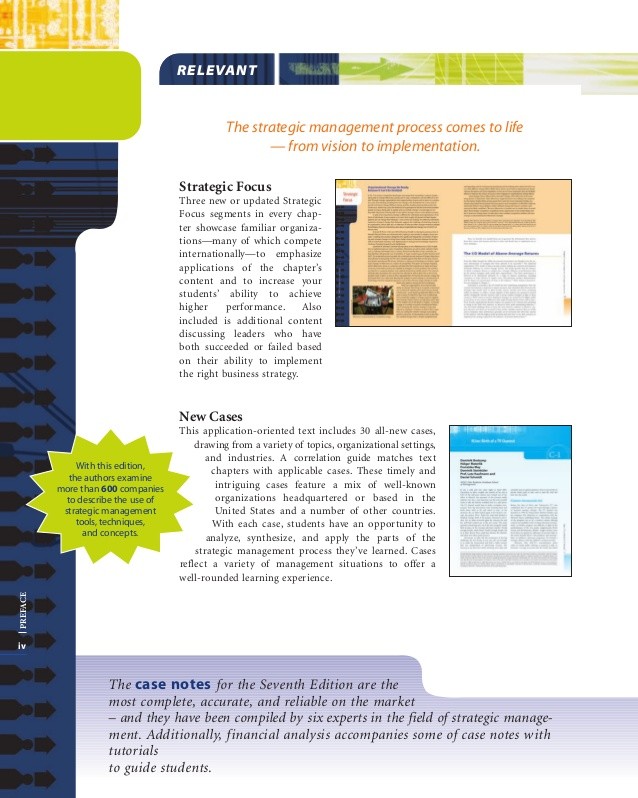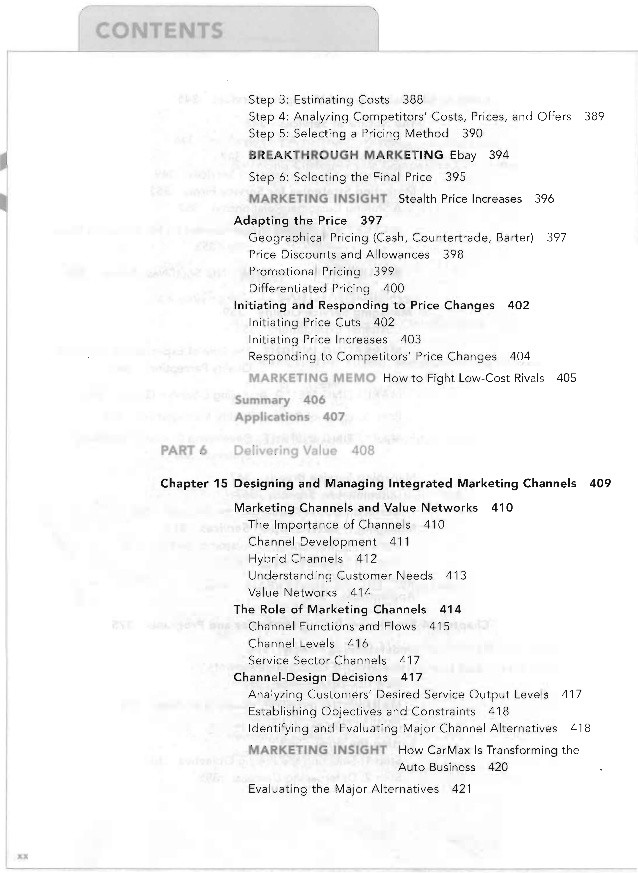Company Clone Cost Reveals True Value Fundamental Analysis Explained Market Dhara Web Site
Post on: 22 Апрель, 2015 No Comment

Home Fundamental Analysis Explained Company Clone Cost Reveals True Value
1/10/2012 1:27:30 AM
Administrator
Posts: 562
One of the best tools in a value investor’s kit is one of the easiest to understand: the careful scrutiny of a company’s books to figure out how much its assets are really worth. In a free-market economy a company should not be worth more than what it costs to reproduce an identical competitor. These reproduction costs are one of the most concrete ways to value a company, and can be crucial in helping investors make decisions.
In this article we’ll take you through the steps of creating a hypothetical clone company. For companies that don’t carry a massive amount of leverage. this can be a much more accurate representation of a company’s true worth than the values found with the standard dividend discount model. (For an overview of company valuations, see Fundamental Analysis: A Brief Introduction To Valuation .)
DDM’s Shaky Predictions
Theoretically the dividend discount model is one of the best ways to value any asset. Every future cash flow from an asset should be discounted back to the present and added together. It is a beautifully simplistic and correct conclusion. The problem is that it involves a staggering amount of speculation and is extremely susceptible to human error. First, the dividend discount model forces the user to correctly estimate future cash flows, and second, the user must use the correct rate. (For a detailed explanation, see Digging Into The Dividend Discount Model .)
Example - Problems with the DDM
Two investors look at dividend -paying XYZ Corp. which pays out $2 in dividends this year.
Investor 1 believes the company is very strong in its market and will grow dividends at 10% a year. He also thinks the company is very stable, so he requires a rate of return of 12% (close to the long-term growth rate of the broader stock market). Using the dividend discount model, he would value the company at $2 / (0.12 — 0.10) = $100.
Investor 2 also believes that XYZ Corp.’s dividends will grow at 10%, however he believes the company is slightly more risky compared to the market. He discounts by 14%, and values the company at $2 / (0.14 — 0.10) = $50.
While both investors are looking logically at the company, and their assumptions do not look very different on the surface, they come out with two wildly different valuations.
Adding Foundation to Valuation
If we could perfectly predict the future, there would be no risk in equities. All investors would simply earn the risk-free rate on any stock. This is obviously not the case, but more concrete valuations of stocks can be obtained. Putting in the time and effort of judging the true values of assets and liabilities. we can judge the cost of reproducing a company. The concept is commonly used to value real estate, as in what would it cost to buy the land, pay the contractors, buy the supplies, etc. This can also be applied to many companies to get a more solid grasp of what it is truly worth.
When talking about reproducing a company, the company is taken to be a going concern. meaning that we believe the company will continue operating indefinitely and will not go out of business. If the company itself or the industry as a whole is no longer viable, the analysis would be of liquidation value of the company’s assets. If the company is viable, it can be an important step to look at how much it would cost to enter the industry and be on par with the company. This should be a closer estimation of the value of the company.
Begin With The Balance Sheet
When the company in question is a going concern, we can go methodically down the balance sheet and discern the true value of each category. (To learn what each section means and where it can be found, check out Breaking Down The Balance Sheet .)
Current assets
Cash and cash equivalents — No adjustments should be made.
Marketable securities — Since these are very short-term and actively traded, adjustments should not be necessary unless there has been a drastic swing in the market.
Accounts receivable — This is usually given as a net number, reflecting an allowance for doubtful accounts. We do not need to do much here but can reduce it a little, maybe 10% to be safe, as a new entrant would likely get stuck with more bad accounts.
Inventory — This is where the entries get a little more complicated. If inventory turnover is high or commoditized. we likely do not need to reduce it very much, if at all. The inventory turnover ratio will show this, and if turnover is low reducing the value of inventory would be prudent.
Example — Adjusting for a low turnover ratio
A toy factory with low inventory turnover would be a concern. If the company still has inventory of fad toys, those are likely worthless, and inventory value will have to be reduced. Looking through the company’s past reports and press releases, we might find that the company was making a big bet and dedicated 25% of inventory to this product, meaning we will have to reduce inventory value by 25%. This is a time-consuming process, but luckily in most cases these current asset valuations do not do a whole lot to effect the final value. If, through this process we found that it would significantly change the company’s value, we could take more careful measures.

Non-Current Assets
Long-term assets usually have much more impact and are also harder to value. Many fundamental things should be taken into consideration.
Equipment — When valuing a company’s equipment, ask yourself, is it out of date? To find out, look back in the company’s financial statements to find when big purchases of equipment were made in the past. If a large investment was made one or two years ago, everything is likely to be up to date. If a food processing company made its last big investment in equipment 10 or 20 years ago, and there have been big improvements in processing technology, then a new entrant to the market could buy new and more advanced machinery that would give them an advantage over the current company. Knowledge of the industry would certainly help here, but some sleuthing, including looking through trade journals and industry news, can help glean the required knowledge.
Property — This is another important piece of the puzzle. If a company owns valuable property that has appreciated substantially, it will be a hidden asset not shown on the books, but it should certainly be accounted for in the company’s value. The company’s largest plants will be most visible, either by searching through the company’s website or annual report, and they will be the most important to value. The true value of real estate is estimable by many different measures, most likely by looking at comparable real estate and the markets where the company’s properties are located. This is difficult, but can be vital. (For hints on valuing commercial real estate, read Find Fortune In Commercial Real Estate and Investing in Real Estate .)
Example — Hidden value of property
You are analyzing a company whose main piece of property is a building in New York City, New York, which it bought 20 years ago. The value carried on the books will no doubt be much lower than the true market value. Look for the sales of recent comparable buildings in the area, which can be easily obtained through the internet. If the company has a large piece of property in Salem, Oregon, it may be harder to value, but not impossible. Search around for how much commercial real estate has risen in the area while the company has owned the property, and adjust upwards (or downwards) to match this.
The value of property, plant and equipment can be further skewed by the company’s method of valuing its depreciation. This is usually shown net of accumulated depreciation on the balance sheet. As mentioned, property is more likely to appreciate over time. In the case of plant and equipment the valuation can be skewed either way depending on the method of depreciation. (For an in-depth discussion on calculating depreciation, read Valuing Depreciation With Straight-Line Or Double-Declining Methods .)
Intangible assets — Additional factors to calculate include goodwill and other economic assets. Goodwill is carried as an asset when a company buys another company for more than the book value. This can be significant or insignificant. If a company buys Nike (NYSE:NKE ), the Nike brand and swoosh have been developed over a long time and have serious economic value. In this case goodwill would certainly be an asset that would be valuable. Other cases include buying a company that has a loyal consumer base or an exceptional management team. Likewise, if the company itself has economic assets like these, they are valuable and should be estimated in some way.
Another hidden asset arises when a company is insulated from competition. If the company consistently earns 10% more than the money it invests, it has a competitive advantage over other competitors or new entrants. This is difficult to obtain hard value for, and the best bet would be to try and get this for free when buying a stock. But keep in mind that this is valuable in itself, since the company will not have to sacrifice profit margins due to intense competition. (For added insight into intangibles, see Getting To Know Business Models and Competitive Advantage Counts .)
Liabilities
Lastly, we turn to the liability side. If the company is a going concern, we assume payment of all debts. Otherwise the company will have to file bankruptcy, and will not be valued by these terms. Assuming payment of all debts, this valuation is quite easy. If the company’s bonds trade in the market and we can obtain the market values for the bonds and other debts of the company, we can use these. If not, the value on the books should be close enough. (To learn how to include debt ratios to your valuation, read Debt Reckoning .)
Final Step
Once we have the total for liabilities, we can subtract it from all of the assets to get a true equity value of the company. In a firm without high leverage, this should be a solid estimate of the value of a company. High leverage could cause drastic swings in the value of the company in the future, and would make a final value of a company much less reliable. (For related reading on leverage and debt ratios, check outEvaluating A Company’s Capital Structure .














